Do you have pain? Most of us do. It is a pretty normal occurrence in our lives, often brought on by the daily rigors of our being. We sit too long. That’s bad. We stand too long. Also bad. Lay too long. Bad. Lift too much weight. Bad. Don’t lift enough weight. You guessed it, bad. Run too much or not enough. It’s all bad.
Now, this is not to say that we shouldn’t do these things. Frankly, we have to do most of them at some point in our lives, but all of our movements and positions come with consequences: some good, some, not so good.
This is why Physical Therapy exists. We are here to help. PTs help you discover why you are hurting, trying to get to the root of the problem, and find a solution that works for you. Customized treatment is the only way to be successful, because let’s face it, we are all different and what works for one person, may not work for another.
The first step in trying to get better is committing to do so. Getting better is not a once a day thing, it is an ALL day thing. Physical Therapy can put you on a plan that will help you discover the positives and negatives of what you are already doing and try, with as little interruption to your normal life as is possible, to make small adjustments to help you reduce your symptoms.
As a PT, we have limitations in what we are capable of, but research and technology keeps us moving in the right direction with the goals of helping people feeling better and restoring function.
I have recently had the opportunity to receive a treatment technique for my own pain that I have not encountered before. It is called EPAT or extracorporeal pulse activated therapy. You may have heard it referred to as “Shockwave therapy”. I was amazed after one treatment that my chronic shoulder pain, weakness and movement restriction had improved more than 50%. It was the best I have felt in over a year!
I started to do some research and found out that this can actually help to heal tears in the tissues. Here is an excerpt from the National Institute of Health (NIH), the National Library of Mecine (NLB) and the National Center for Biotechnology Information (NCBI) summarizing the effects:
“Many recent studies demonstrated the modulations of shockwave treatment including neovascularization, differentiation of mesenchymal stem cells and local release of angiogenetic factors. The experimental findings confirm that ESWT decrease the expression of high levels of inflammatory mediators (matrix metalloproteinases and inter-leukins). Therefore, ESWT produces a regenerative and tissue-repairing effect in musculoskeletal tissues, not merely a mechanical disintegrative effect as generally before assumed. Based on the encouraging results of clinical and experimental studies, the potential of ESWT appears to be emerging. The promising outcome after this non-invasive treatment option in tendinitis care justifies the indication of shockwave therapy… The success rate ranges from 60% to 80% in epicondylitis, plantar fasciitis, cuff tendinitis, trocanteritis, Achilles tendinitis or patellar tendinitis (jumper’s knee). ” https://www.ncbi.nlm.nih.gov/pmc/articles/PMC3666498/
This means that shockwave therapy can help stimulate the growth of new blood cells (neovascularization), stimulate stem cell production (regrow your normal tissues), regenerate blood flow from capillaries that have been dormant (angiogenesis) and reduce inflammation, all of which help to improve tissue quality and reduce pain. It can immediately impact your motion and strength. While some changes are experienced immediately, others are often not noted until four weeks after your last treatment and the blood vessels and stem cells are repaired.
Some studies have shown under ultrasound that damage to tendons and muscle tissues can actually heal without the use of invasive procedures. It may help you avoid surgery!
Atlantic PT Center is lucky enough to have a Shockwave Therapy machine. Adding shockwave therapy to your normal physical therapy regimen has potential to lead to decreased healing times and faster restoration of function. It usually requires at least five sessions to achieve the best benefit, but some people do require more. Shockwave sessions are most effective when performed 5 to 7 days apart.
Shockwave therapy is not a replacement for PT, but used as an adjunct to your current PT treatment plan. The manual therapy and exercise programs in PT lay the groundwork for the shockwave to be more effective. And your home program is what will keep you better once you have reached your goals and been discharged from PT.
This treatment is not for everyone, as it can be uncomfortable due to the aggressiveness of the sound head as it vibrates at a very fast rate moving the sound waves deep into the tissues. Generally the treatment takes about 5 – 10 minutes.
If you are experiencing mild or chronic pain, schedule an appointment with your Physical Therapist and ask if EPAT / Shockwave is right for you.

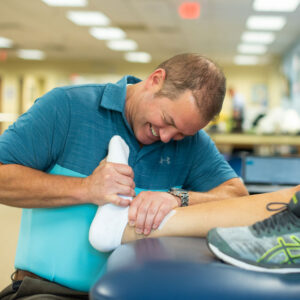
Jeremy Breden is a PT at the Freehold location.

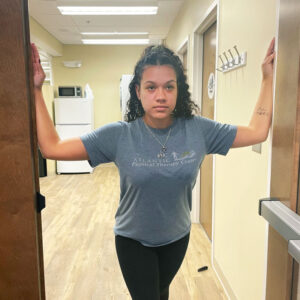
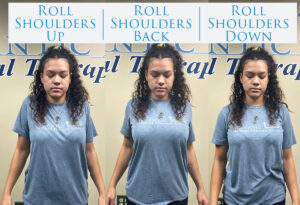
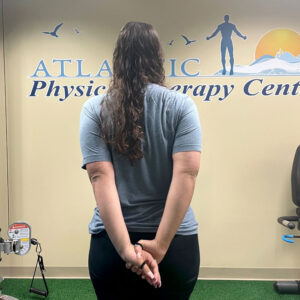
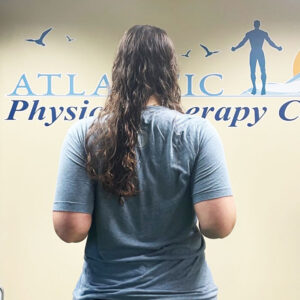




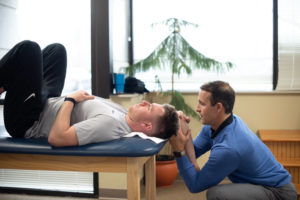
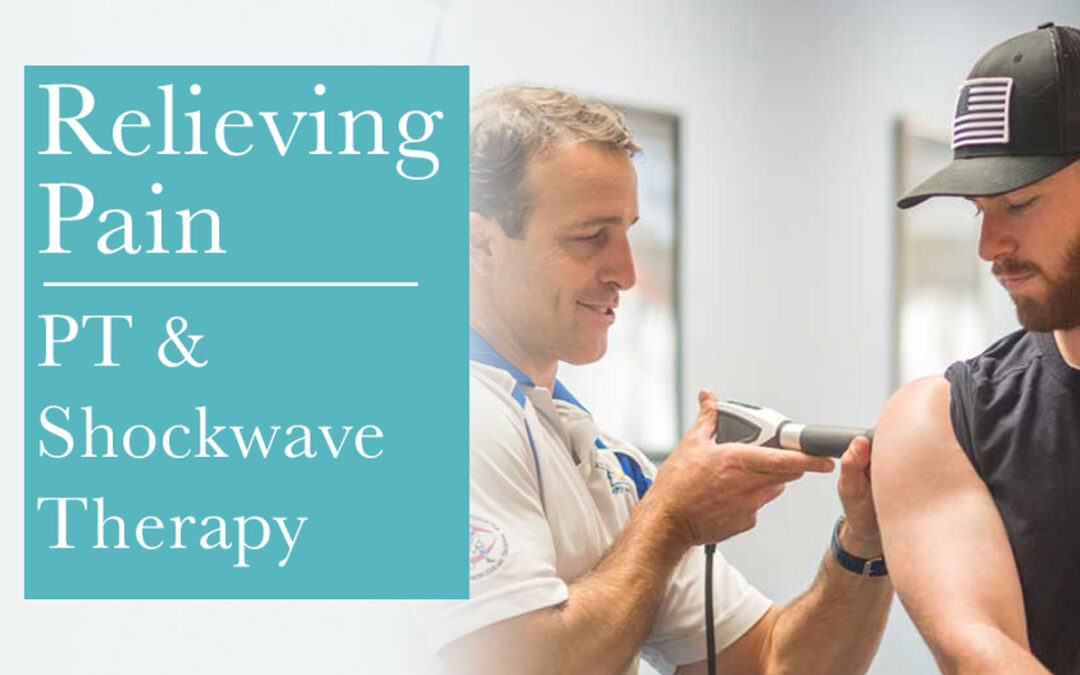


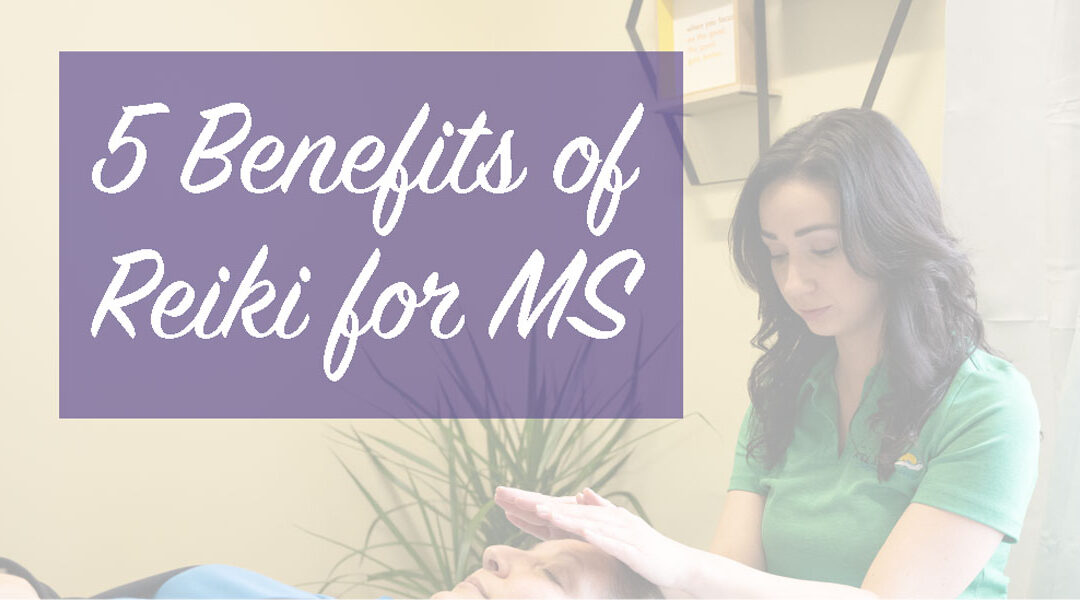

Recent Comments